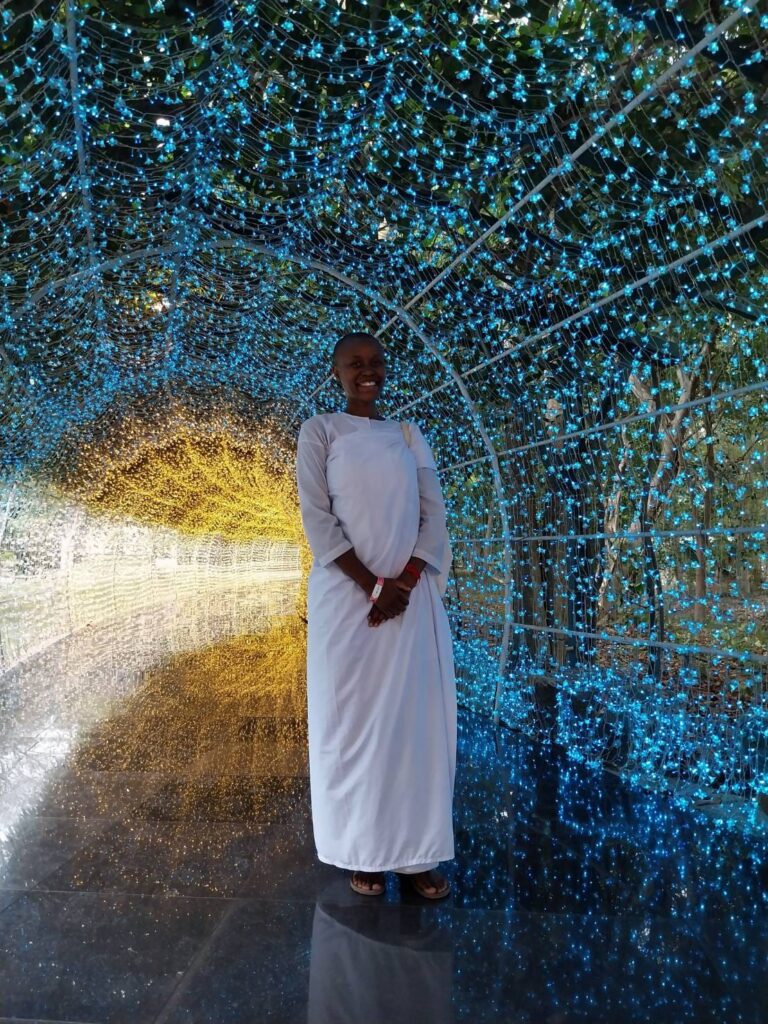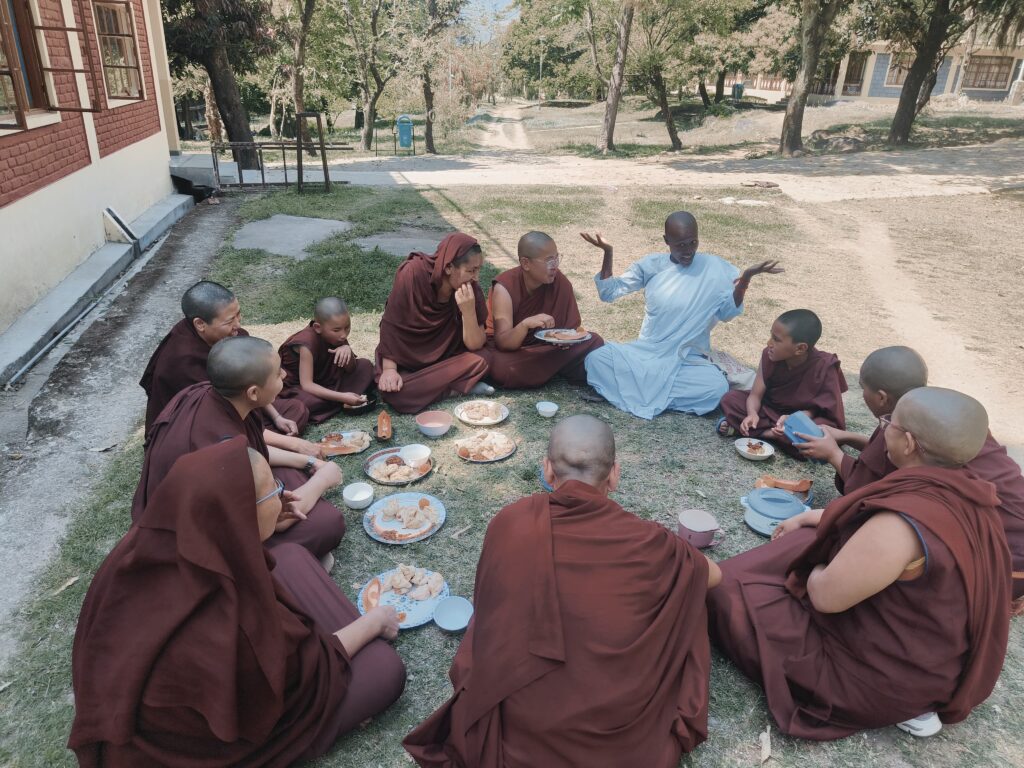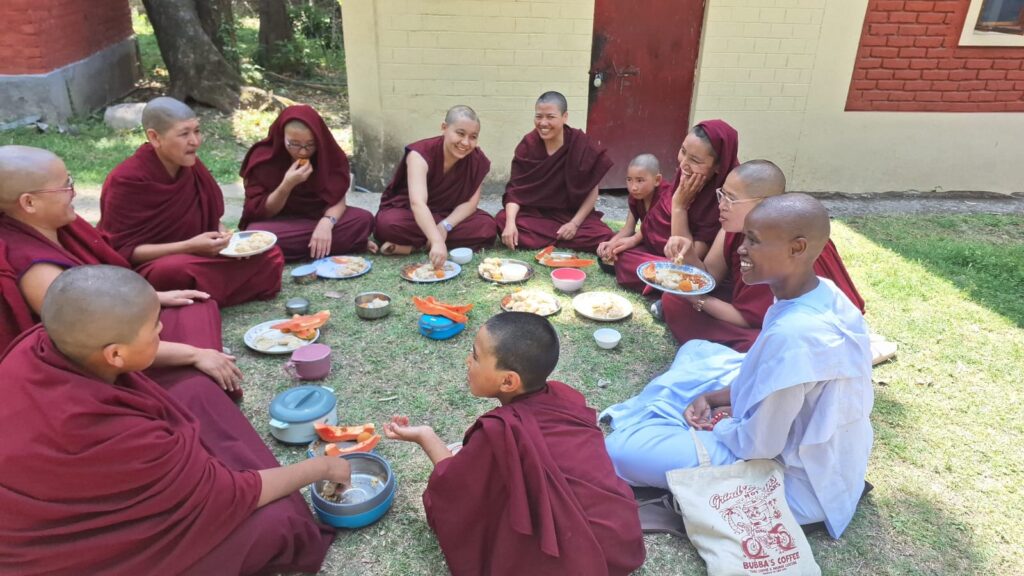Turning Conflict into Opportunity:
Growth Through Adversity

fellow empathic leaders!
Conflict in the workplace can feel like a relentless storm, wreaking havoc not only on our professional environment but seeping into the very fabric of our personal lives. The toll it takes is more than just emotional; it extends its reach, impacting our physical health and mental well-being.
Constructive conflict, when approached with openness and a willingness to listen, can be a catalyst for positive change. It invites diverse perspectives, fuels innovation, and fosters growth. However, when conflict arises from unconscious biases and unhealed wounds, it becomes a costly burden, draining resources and perpetuating strife.
Unresolved conflicts rooted in unconscious biases create a toxic atmosphere, breeding resentment and eroding trust. They seep into our personal lives, casting a shadow over our relationships and affecting our overall happiness and sense of well-being. The stress and tension they generate have a tangible impact on our bodies and brains, leading to increased levels of cortisol, weakened immune systems, and impaired cognitive function.
Addressing conflict caused by unconscious biases requires a commitment to self-awareness and introspection. It demands a willingness to confront uncomfortable truths and challenge deeply ingrained beliefs and assumptions. By shining a light on these hidden biases and engaging in honest dialogue, we can begin to dismantle the barriers that divide us and forge a path towards greater understanding and inclusivity.
Ultimately, conflict in the workplace that stems from unconscious biases serves as a stark reminder of the work that still needs to be done. It calls upon us to examine our own biases, heal our own wounds, and strive for a more equitable and compassionate world. Only then can we truly harness the power of constructive conflict to drive positive change and create a workplace—and a world—where everyone feels valued, respected, and heard.
Conflict Alchemists: Turning Strife into Solutions
In the labyrinthine corridors of the modern corporate world, the empathetic leader often walks a solitary path, grappling with unseen forces that I refer to as ‘energy vampires.’ These entities, thriving in the shadows of narcissism and toxic environments, challenge the very essence of one’s spirit. Drawing upon the ancient and mystic laws of Ma’at — embodying truth, balance, order, harmony, law, morality, and justice — this treatise delves into the arcane arts of protecting one’s energy in such draining atmospheres.
The Veiled Threat of Energy Vampires
Energy vampires, often masked in the guise of narcissistic colleagues or superiors, feed on the emotional and mental vitality of others. Their presence is most felt in toxic work environments, where their hunger for dominance and control creates an aura of negativity.
The Empath’s Burden
As an empathetic leader, you are a beacon of emotional intelligence and understanding, yet this very nature renders you vulnerable to the draining energies of these vampires. Your journey, therefore, is not just about leadership; it’s a quest to maintain your inner sanctuary amidst chaos.
The Mystic’s Shield: A Guide to Spiritual Armor
Inner Sanctum Rituals: Start each day by fortifying your inner sanctum. This might involve meditative practices, communing with nature, or engaging in ancient breathing techniques. Such rituals anchor you to your core, offering a bastion against external turmoil.
The Shield of Khepera: Visualize a protective barrier, much like the sacred scarab beetle’s shell, encasing you. This mystical shield guards against the insidious energies of narcissistic entities.
Mantras of Power: Empower yourself with affirmations of ancient origin, speaking to your invulnerability to negative energies. This practice of verbal alchemy transforms spoken words into spiritual armor.
Purification Rites Post-Confrontation: After exposure to a draining environment, engage in energy-cleansing rites. This could involve the burning of sacred herbs, such as frankincense, revered in African cultures for its spiritual cleansing properties.
Walking the Path of Ma’at: Embody the principles of Ma’at in your speech and actions. Asserting your truth while maintaining harmony is a delicate dance, but crucial in navigating toxic environments.
Crystal Guardians: Employ the guardianship of protective crystals like black tourmaline or hematite. These stones, believed to have protective energies, act as talismans against negativity.
The Vitality of the Physical Vessel: Honor your physical body as the temple of your spirit. Engaging in ancient physical disciplines like yoga or qi gong maintains your energy reservoir.
The Sanctity of Solitude: Retreat into solitude to commune with your inner self. In these moments of quietude, you rejuvenate your spirit, away from the cacophony of the corporate world.
Spiritual Anchorage: Connect with your spiritual roots, drawing strength from these ancient bonds. This spiritual anchorage is your lifeline in turbulent waters.
Harboring in a Supportive Cove: Surround yourself with souls who replenish your energy. This fellowship becomes your sanctuary, a place of rest and renewal.
The Paradox of Empathy in a Narcissistic Realm
In an environment rife with narcissism, your empathetic nature may seem like a vulnerability, but in truth, it is your greatest strength. It is the beacon that pierces through the veil of toxicity, guiding you and others towards a higher path.
As you traverse this enigmatic journey, armored with the wisdom of the ancients and the laws of Ma’at, remember that your journey is as much about protecting your inner world as it is about leading in the outer one. By safeguarding your spiritual essence, you not only preserve your well-being but also uphold your ability to lead with empathy and strength in the face of adversity.
May the ancient wisdom of Ma’at guide you, and may your path be illuminated with the mystical light of understanding and resilience.
On Compassion and Empathy: "How does putting yourself in the shoes of someone from a different spiritual background change your perspective on your own beliefs and practices?"
In the circle of life,
every culture
brings its own unique rhythm, yet together they create the symphony of existence.

Conquering the Unknown: Overcoming Resistance to Change
Imagine standing at the edge of a cliff, staring into the abyss of the unknown. The fear of what lies beyond can be paralyzing, causing us to cling desperately to familiar ground, even as the world shifts and changes around us.
Consider the cautionary tale of Blockbuster, once a titan of the entertainment industry. As streaming services like Netflix emerged, Blockbuster clung stubbornly to its outdated business model, blind to the winds of change. The fear of failure and the uncertainty of what lay ahead kept them rooted in the past, ultimately sealing their fate.
But Blockbuster’s story is not unique. Many organizations face a similar struggle, grappling with the fear of failure and the discomfort of stepping into the unknown. Yet, it is precisely this resistance to change that can spell disaster in today’s fast-paced world.
To thrive in the face of uncertainty, organizations must confront their fears head-on. They must embrace change not as a threat, but as an opportunity for growth and innovation. By fostering a culture of curiosity and resilience, leaders can inspire their teams to take bold leaps into the unknown, confident in their ability to adapt and evolve.
It’s time to step away from the edge of the cliff and embrace the possibilities that lie beyond. For it is only by embracing change that we can truly unlock our potential and chart a course towards a brighter future.


Unseen and Unheard: The Heartbreak of Inadequate Recognition
Picture this: pouring your heart and soul into a project, pouring endless hours of sweat and dedication, only to hear… nothing. No acknowledgment, no appreciation, just silence. It’s like shouting into the void and hearing nothing but echoes of your own effort.
This lack of recognition isn’t just a minor inconvenience – it’s a soul-crushing experience that leaves employees feeling demoralized and disengaged. It’s the silent killer of motivation, slowly eroding morale and sapping productivity.
But there’s hope in the darkness. Look to Google and their famous “20% time” policy, where employees were given the freedom to pursue passion projects alongside their regular duties. This simple act of recognition – acknowledging employees’ autonomy and creativity – sparked a revolution of innovation.
Gmail, Google Maps, and countless other groundbreaking projects were born out of this culture of recognition and empowerment. It’s proof that when employees feel seen and heard, when their contributions are valued and celebrated, they’re capable of achieving incredible things.
So let’s shine a light on the unseen, let’s raise our voices in acknowledgment and appreciation. Because when we recognize the efforts of those around us, we not only lift their spirits but also unlock the full potential of our teams and organizations.
Suffocating Shadows: The Tyranny of Micromanagement
Remember that feeling of suffocation, like you’re drowning under the weight of someone else’s control? It’s the hallmark of micromanagement – that overbearing boss who hovers over your shoulder, dictating every move, suffocating your creativity and stifling your autonomy.
Micromanagement is more than just a nuisance; it’s a poison that seeps into the very fabric of the workplace, corroding trust and sapping morale. It’s like trying to breathe in a room filled with toxic fumes – no matter how hard you try, you can’t escape the suffocating grip of control.
Just look at George Costanza’s disastrous stint as a micromanager on “Seinfeld.” His meddling only led to chaos and resentment among his colleagues, leaving a trail of frustration and discontent in his wake.
But micromanagement doesn’t just harm employees – it also stifles innovation and hampers productivity. When employees are constantly second-guessed and micromanaged, they lose the confidence to take risks and think outside the box. Creativity withers in the face of such scrutiny, leaving teams stagnant and uninspired.
It’s time to break free from the suffocating shadows of micromanagement. It’s time to trust in the abilities of your team and empower them to take ownership of their work. Because when you give people the freedom to flourish, you unleash a tidal wave of creativity and innovation that can propel your organization to new heights.


Drowning in Disappointment: The Heartbreak of Ineffective Performance Management
Imagine a scene where your hopes for growth and development are dashed against the rocks of a soulless performance review process. It’s not about your progress or potential; it’s just another box to tick on the corporate checklist. This ineffective performance management leaves you adrift, without the constructive feedback or support needed to reach your goals.
Inadequate performance management isn’t just a minor inconvenience; it’s a heartbreak that chips away at morale and leaves employees feeling disengaged and demoralized. It’s like trying to swim against a relentless tide of disappointment, no matter how hard you try to stay afloat.
But amidst the sea of disappointment, there’s a beacon of hope in Adobe’s decision to replace annual performance reviews with regular check-ins and feedback sessions. This simple shift in approach transformed the landscape, reigniting morale and fueling productivity among employees.
The lesson is clear: effective performance management isn’t about ticking boxes or meeting quotas; it’s about nurturing growth and supporting employee success. It’s about providing the guidance and encouragement needed to navigate the choppy waters of professional development.
So let’s break free from the suffocating grip of ineffective performance management. Let’s embrace a culture of continuous feedback and support, where every employee has the opportunity to thrive and reach their full potential. Because when we invest in our people, we invest in the future of our organization.
Lonely Islands:The Emotional Cost of Workplace Silos
Imagine a workplace where each department is an island unto itself, separated by vast oceans of misunderstanding and mistrust. Communication is scarce, collaboration is virtually nonexistent, and innovation is stifled by the towering walls of bureaucracy. It’s a landscape of missed opportunities and unfulfilled potential, where the promise of collective success remains out of reach.
These silos, these barriers to collaboration, are more than just obstacles; they’re emotional battlegrounds where egos clash and creativity withers. It’s like trying to build a sandcastle with no one to share your bucket and shovel – lonely, frustrating, and ultimately futile.
But amidst the desolation, there’s a glimmer of hope in the transformation of Pixar under Ed Catmull’s visionary leadership. He recognized the destructive nature of silos and set out to dismantle them, fostering a culture of collaboration and creativity that propelled the company to unprecedented heights.
The result? Blockbuster hits like “Toy Story” and “Finding Nemo” – testaments to the power of collaboration and the magic that happens when people come together with a shared vision and purpose.
The lesson is clear: silos may be comfortable, but they’re also suffocating. It’s time to tear down the walls that divide us and build bridges of collaboration and connection. Because when we break free from the isolation of silos, we unleash the full potential of our organization and pave the way for a future filled with innovation and success.

On the Essence of Leadership:
“In the garden of humanity, may we cultivate seeds of cultural appreciation and mutual respect.”





